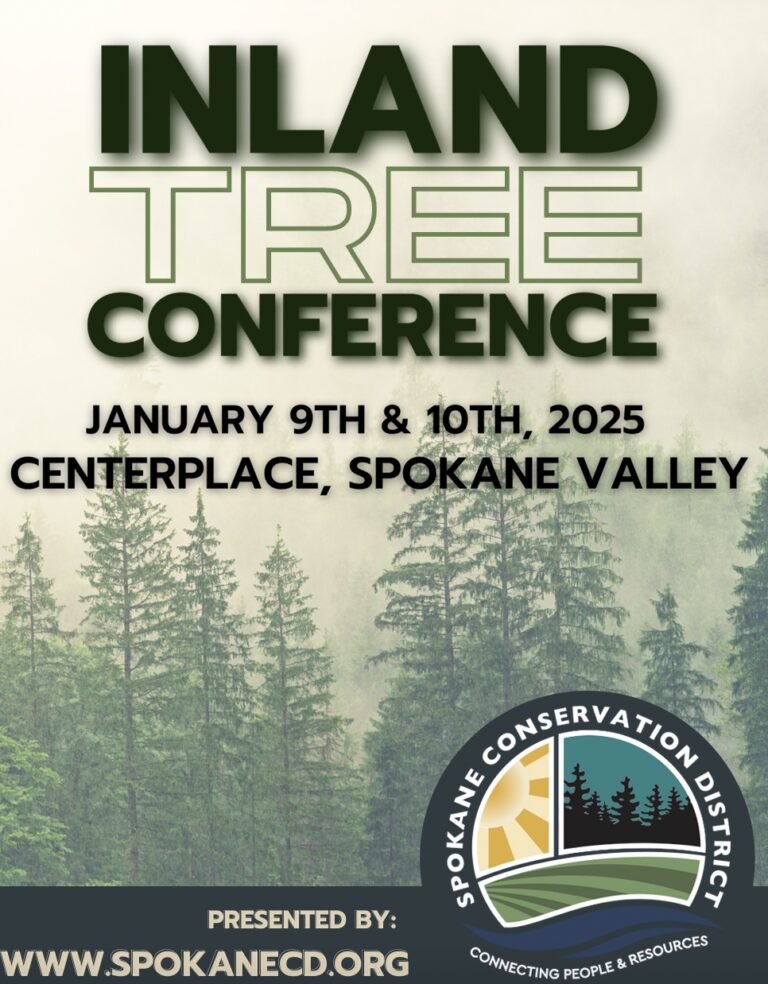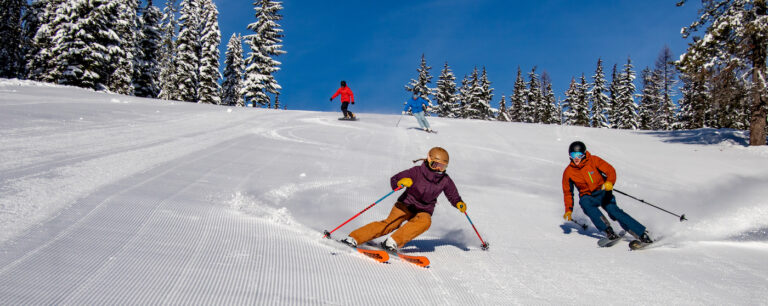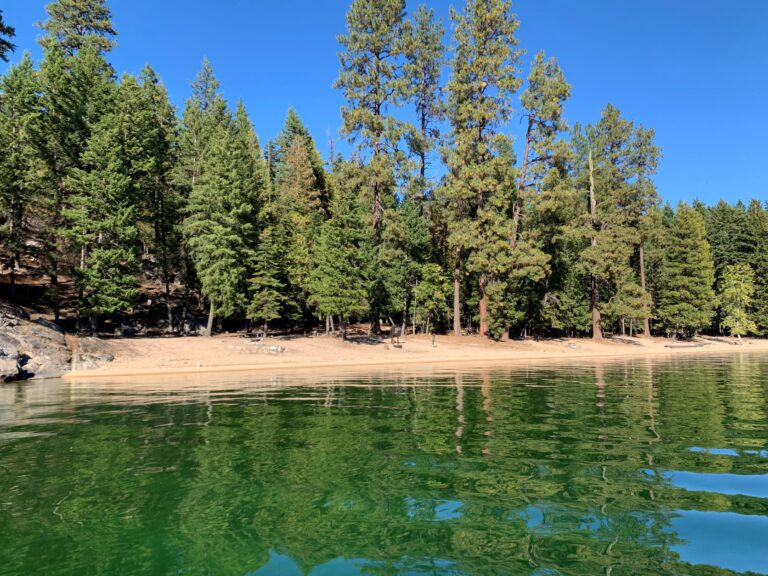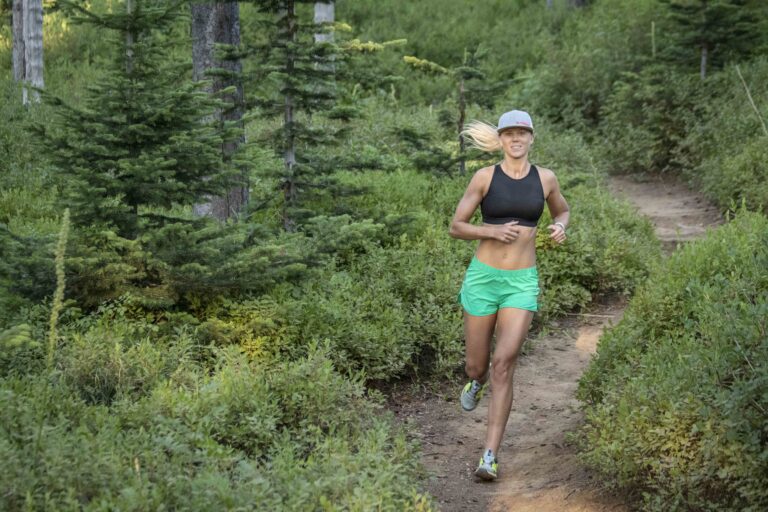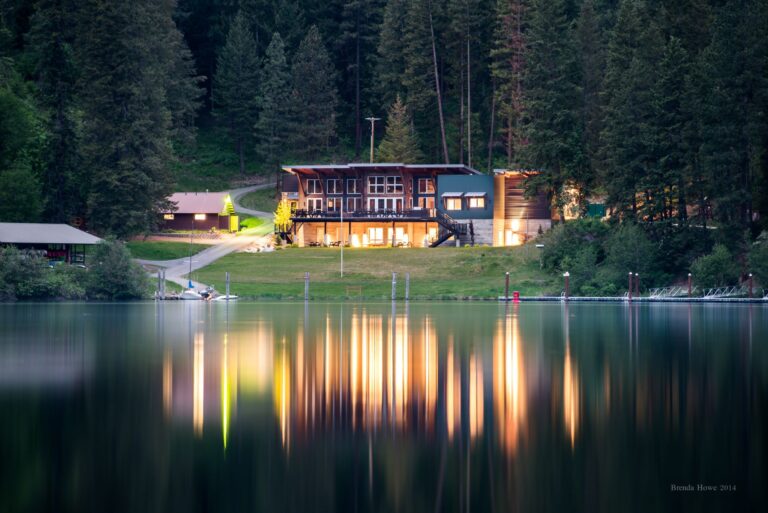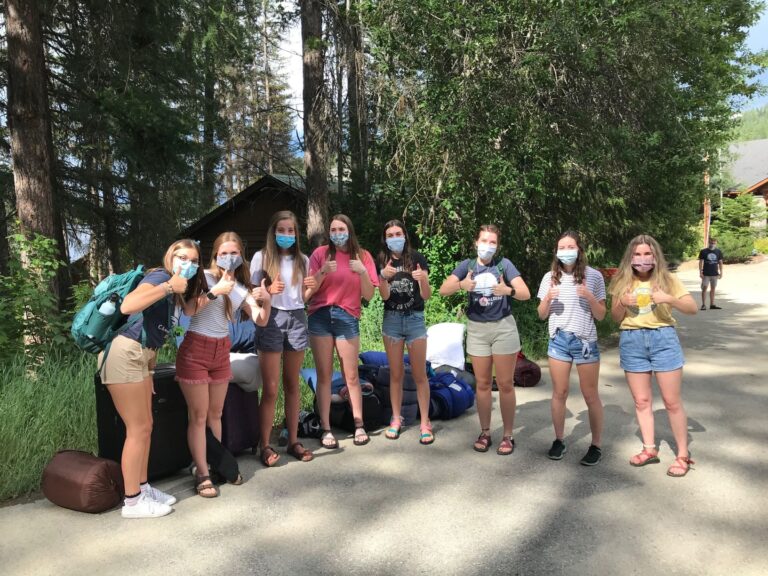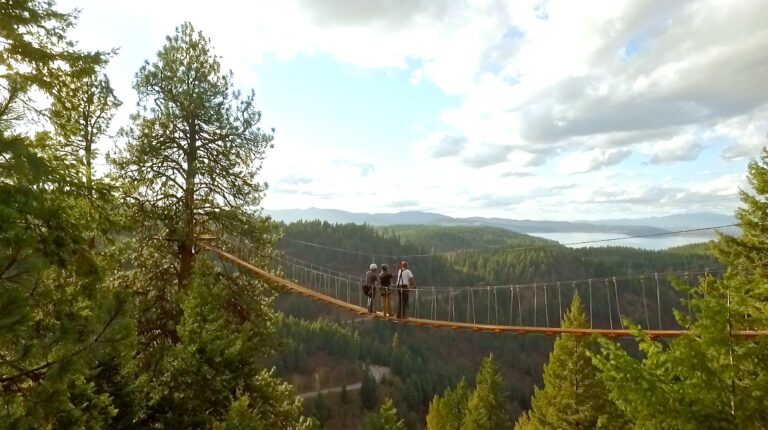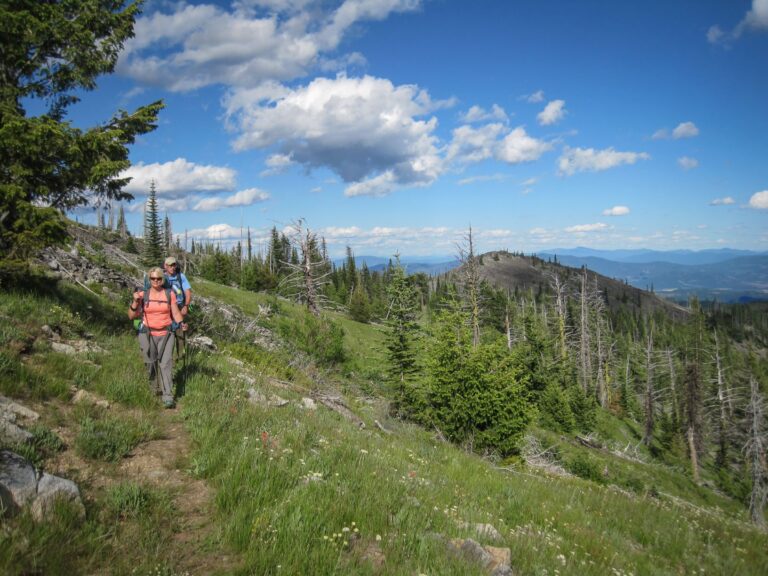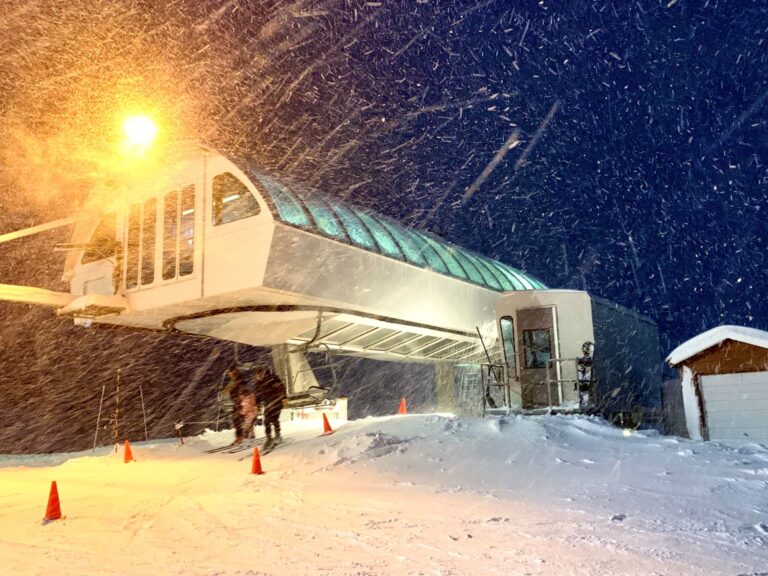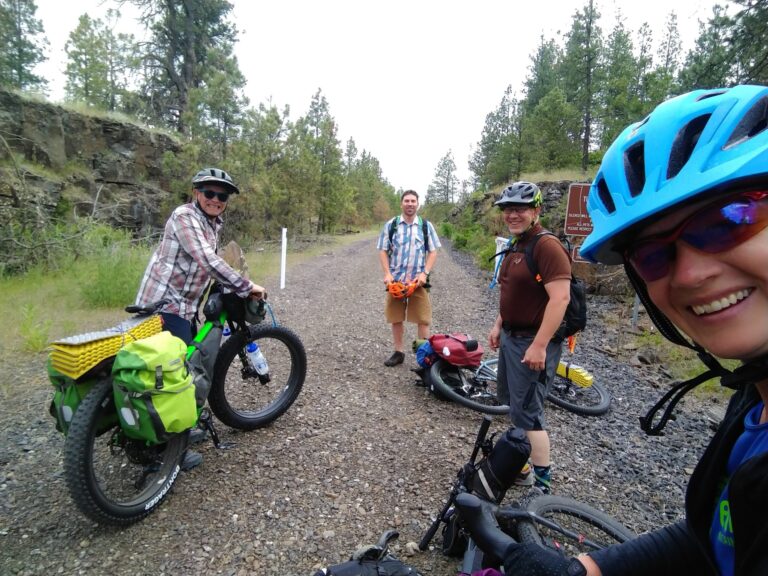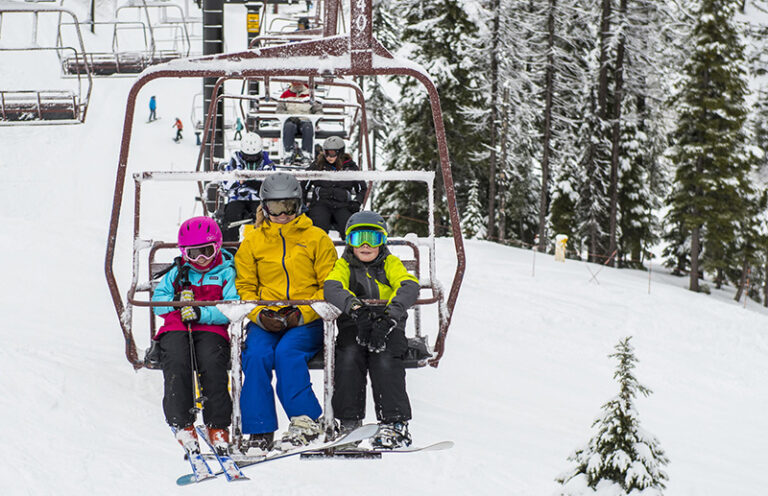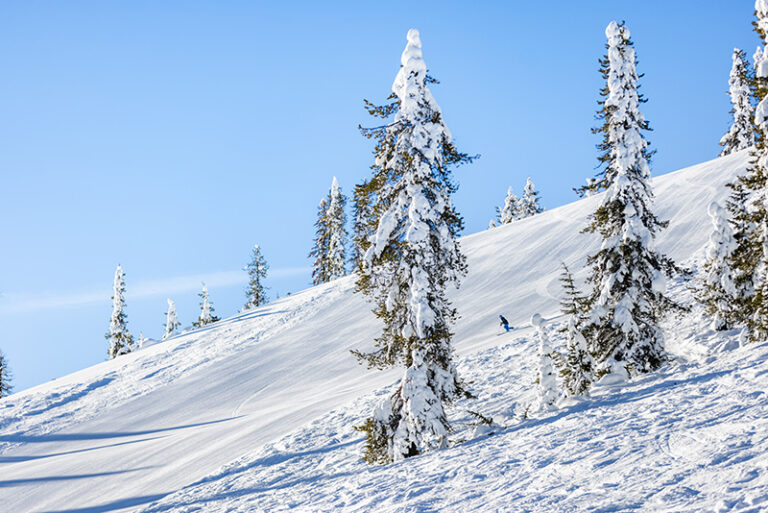By Marcy Timblin, Kaniksu Land Trust
Cover photo courtesy of Kanisku Land Trust
When I was a kid, I could wander for miles without seeing a “No Trespassing” sign. Neighbors didn’t mind me and my dog popping out of the woods, and I never thought about “public access.” It was the norm.
Of course, not every landowner feels comfortable welcoming visitors. Some fear liability, and others prefer privacy. Idaho’s Recreational Use Statute helps ease those worries by protecting landowners who allow free public access, but, ultimately, it’s always a choice. When granted, public access on private land is a gift, one that comes with the simple expectation that guests respect rules like staying on trails, picking up after themselves and honoring boundaries.
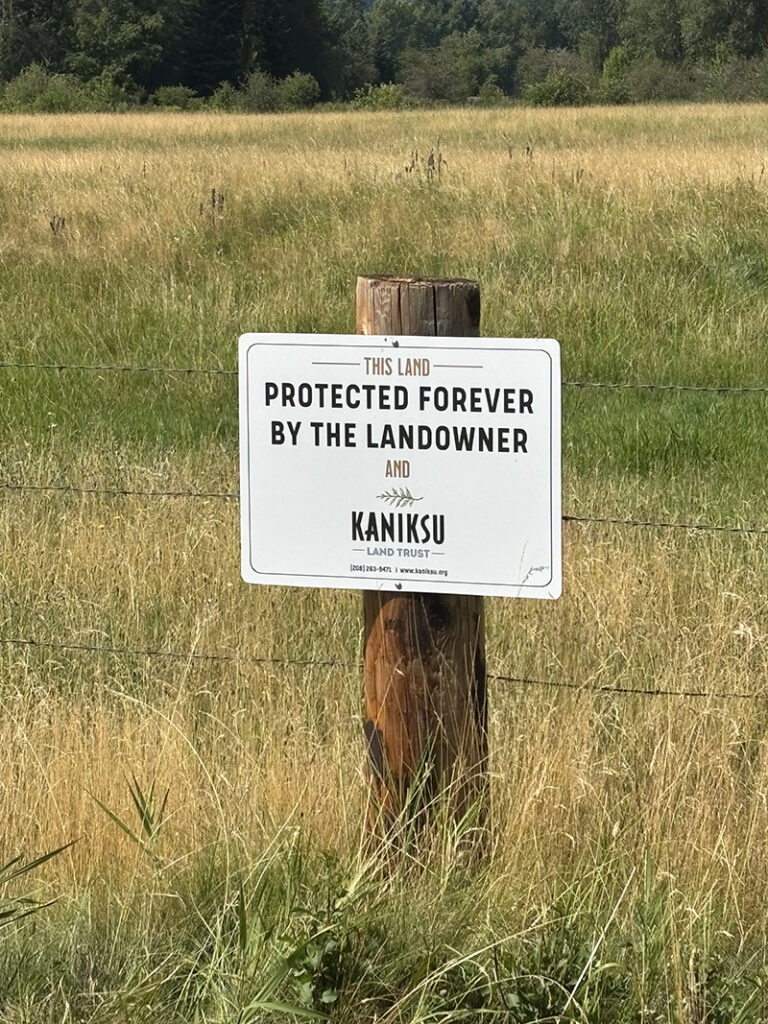
It’s also important to understand the difference between public land and public-access land. Public land is owned by the public and managed by government agencies. It is supported by taxes, fees or resource management. Public-access land, on the other hand, is private property where the owner voluntarily allows community use.
Kaniksu Land Trust’s Pine Street Woods is a good example. Though privately owned by the nonprofit Kaniksu Land Trust (KLT), it was purchased through community support and is maintained for public enjoyment. Still, most of KLT’s conservation work involves protecting land through conservation easements—agreements that keep forests, farms and wildlife habitat intact, but that don’t usually allow public access.
Whether offered formally or informally, public access is a rare and generous gift. By respecting and supporting these lands, we ensure their beauty and benefits remain for generations to come.

